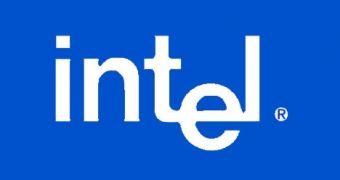The Intel Developer Forum has just started in Shanghai, and it seems that the main topic on the agenda is the upcoming Atom processor. The low-energy, low-performance chip will primarily target at the ultra-mobile PCs, Mobile Internet Devices and handheld gadgets.
Intel has demonstrated during today's sessions the first prototype of Mobile Internet Device and has opened new ways in the communications field. Although there are no other details about it at the moment, except for the small video attached below, the company plans to unveil some more "smaller form factors with improved power efficiency."
During this year's event, the company will provide consumers with updates on the recent technology achievements. This year, the chip manufacturer will shift its attention to the tiny devices with Internet-centric capabilities, commercially referred to as "anytime, anywhere connectivity."
The latest reports claim that the new devices will be able to connect to the Internet using wide-area networks (WiMax currently has the desired coverage), and will sport integrated motion sensors. More than that, the device will be intelligent enough to wirelessly connect to a bigger display whenever this is possible, to enhance the user's visual experience.
The new device will unleash the multimedia world no matter where you are, as long as you have Internet access. Reading online newspapers on your way to work or enjoying a streaming video from the web while commuting will be just a few of the possibilities the new devices will offer.
Intel will also demonstrate a brand-new multi-band, power-efficient CMOS transceiver, that will be the cornerstone for the upcoming digital multiple radios. However, there is a long way ahead until it will get miniaturized and "trained" to accurately identify the exact monitor it has to pair with.
According to Kevin Kahn, head of Intel's communications technology lab, the upcoming digital devices will be fully baked until 2011 or 2012. This is the estimative timeframe when the devices will arrive on the market with full multimedia capabilities, at extremely affordable prices.

 14 DAY TRIAL //
14 DAY TRIAL //